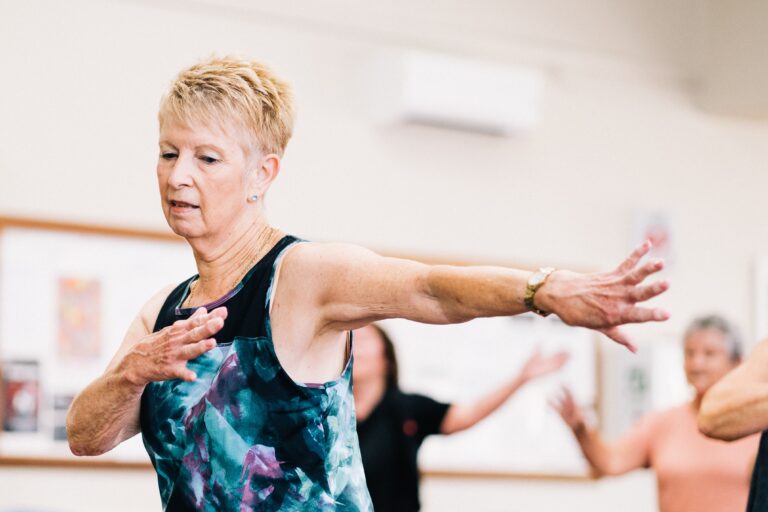Swimming
Swimming for your health
For years, experts have been saying that swimming is great for your health and simply one of the best exercises out there.  Yet, many of the benefits of swimming are unclear to the average person.
Yet, many of the benefits of swimming are unclear to the average person.
So what really makes swimming such a wonderful exercise?
- Swimming uses almost all the major muscle groups, and places a vigorous demand on your heart and lungs.
- Swimming develops muscle strength and endurance, and improves posture and flexibility.
- Swimming is especially useful for people who are overweight, pregnant, or with leg or lower back problems.
- Swimming is a great sport for people of all ages and all proficiency levels.
- Swimming provides most of the aerobic benefits that running does, with many of the benefits of resistance training thrown in.
- Swimming does not put the strain on connective tissues that running, aerobics and some weight-training regimens do.
Swimming for Fitness

Swimming for fitness is rapidly gaining in popularity because it is ideal for almost anyone – from competitive types to the physically challenged. Whether you swim laps or do aerobics in the shallow end, swimming is an ideal exercise. Aquatic exercise and therapy are used to treat and prevent several physical ailments. In addition to its therapeutic role, there are several aquatic activities that are very popular for recreational purposes. An individual’s ability to swim and feel comfortable in the water creates opportunity to get involved in other water sports such as kayaking, canoeing, sailing, and water skiing.
The Buoyancy Factor
The buoyancy factor makes swimming the most injury-free sport there is. Water exercises benefit seniors, pregnant women, arthritis sufferers, or anyone with an injury. One of the biggest advantages is flexibility. In water, body weight is 1/10 of what it would be on land. For example, if you weigh 150 pounds on land, you weigh 15 pounds standing in chin-deep water, hence, range of motion in water is much easier. Also, fitness exercise in water can be done more often because of the low incidence of high-impact injuries and is more effective because movement in water has 12 times greater resistance than movement in air.

For pregnant women, water exercise strengthens and tones the muscles used during childbirth. For the elderly, water fitness is safe, fills the need for exercise, increases a body’s range of motion and is a low-impact exercise. For those with weight problems, water helps the body naturally rid itself of excess water and salt. As physical therapy, it gradually and gently rehabilitates and relaxes muscles and joints that have stiffened or atrophied.
Your Heart Rate
Beginning swimmers need to know that ones resting heart rate decreases 10 beats per minute in water, and maximum heart rate decreases by 10 to 30 beats. The heart puts out just as much blood as in other exercises because it pumps more volume with each stroke, but more slowly. No one is certain why heart rate decreases in water, but the lower temperature and lesser pull of gravity in water may be the cause. In any case, if you know what your exercise heart rate should be, that number should be lower by at least 10 beats when you swim. Swimming is a good sport to take up if you would like to increase your muscle and strength endurance. It is also good for increasing your stamina and improving your cardiovascular system by improving the bodies’ use of oxygen and allowing the heart to work less strenuously.
 |
| SMART Fitness Goals Walking and Hiking Walking and Hiking The Benefits of Exercise |









I have been using swimming as physical therapy for years now. It is a great way to work through the issues that I have from a car accident when I was younger.